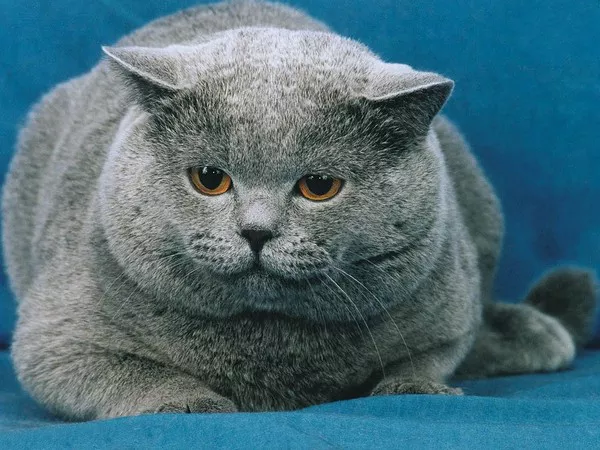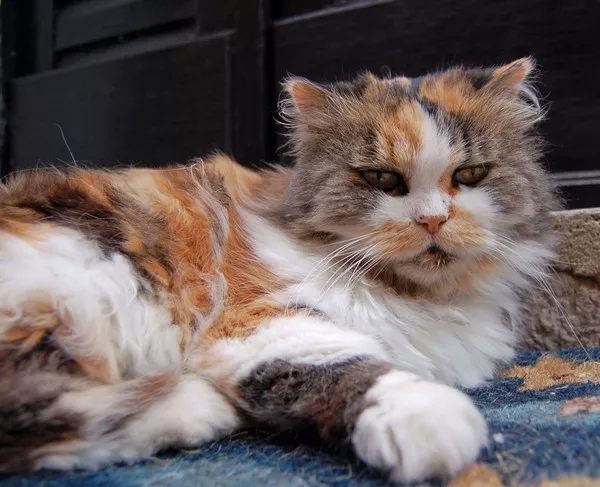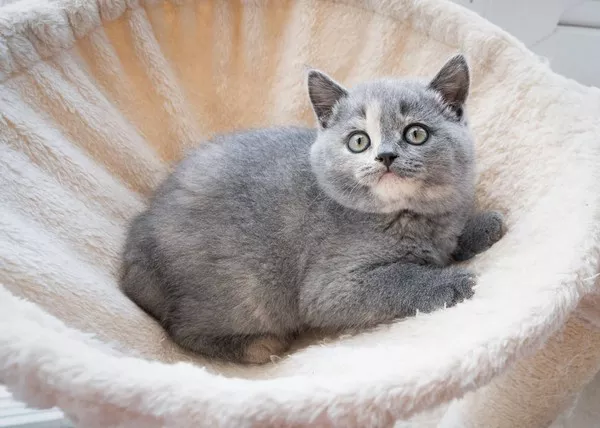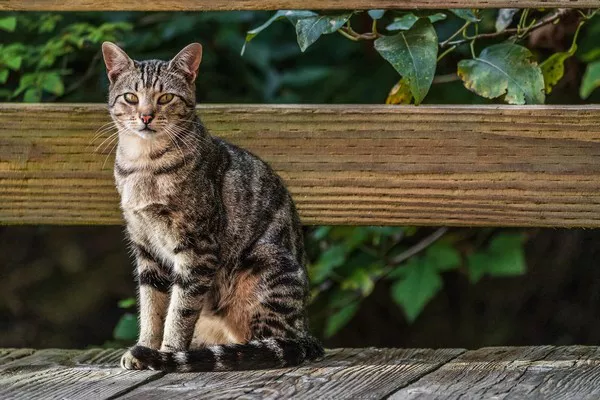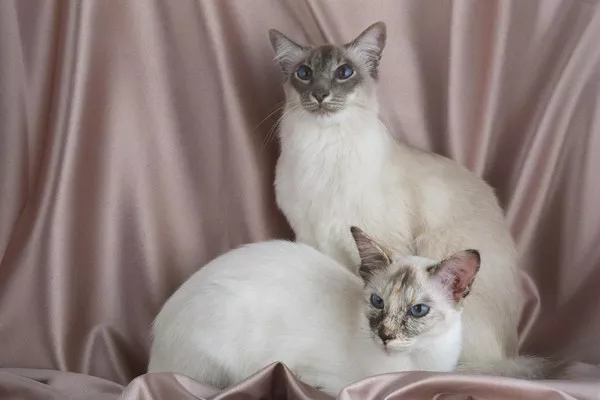British Shorthair cats are renowned for their charming personalities and distinctive appearance, but like all feline companions, they can exhibit behaviors that may pose challenges to their human household. One common concern among cat owners, particularly those considering adopting a British Shorthair, is whether these cats scratch furniture. In this article, we’ll explore the natural instincts of British Shorthairs, why they scratch, and provide practical tips on how to protect your furniture without compromising your feline friend’s well-being.
1. Understanding Feline Scratching Behavior
Natural Instinct
Scratching is an innate behavior in cats, including British Shorthairs. It serves multiple purposes, such as maintaining claw health, marking territory, and stretching muscles.
Variability
The extent to which individual British Shorthairs scratch can vary. Some may exhibit this behavior more prominently, while others may scratch less frequently.
2. Why British Shorthairs Scratch
Claw Maintenance
Scratching helps cats shed the outer sheaths of their claws, keeping them sharp and healthy. It’s a form of self-care for your feline friend.
Territorial Marking
Cats have scent glands in their paw pads, and scratching leaves behind both a visual mark and a scent mark. This is their way of marking their territory.
Stretching and Exercise
Scratching also serves as a form of exercise and stretching for cats, helping to keep their muscles in good condition.
3. Protecting Your Furniture
Provide Alternatives
To discourage your British Shorthair from scratching furniture, offer appealing alternatives such as scratching posts, cardboard scratchers, and sisal mats. Place these in areas where your cat tends to scratch.
Catnip Attraction
Catnip-infused scratching posts can be particularly enticing for cats. The scent of catnip can attract your feline friend to their designated scratching area.
Training and Positive Reinforcement
Gently redirect your cat to their scratching post whenever they approach furniture. Reward them with treats and praise when they use the post.
Nail Trimming
Regular nail trimming can help reduce the potential damage from scratching. If you’re unsure how to trim your cat’s nails, consult your veterinarian or a professional groomer.
4. Furniture Protection Strategies
Furniture Covers
Invest in furniture covers or slipcovers that can protect your sofas and chairs from scratching damage. These covers are often washable and can be a practical solution.
Sticky Tape or Sheets
Cats often dislike sticky surfaces. Consider applying double-sided tape or sticky sheets to the areas of furniture your cat targets. This can deter them from scratching.
Deterrent Sprays
Commercial deterrent sprays are available that can discourage cats from scratching certain surfaces. Always follow the manufacturer’s instructions when using these products.
5. Consult with a Veterinarian
Health Concerns
If your British Shorthair suddenly increases their scratching behavior or exhibits other changes in behavior, consult with a veterinarian. Underlying health issues could be a contributing factor.
Behavioral Consultation
In cases of excessive or destructive scratching that cannot be managed with behavioral strategies, consider seeking advice from a feline behaviorist or trainer.
6. Promote a Positive Environment
Enrichment and Play
Provide your British Shorthair with plenty of mental and physical stimulation. Interactive toys, playtime, and puzzle feeders can keep them engaged and content.
Positive Reinforcement
Reinforce positive behavior with praise, attention, and treats. Rewarding your cat for using their scratching post can encourage the desired behavior.
Conclusion
In conclusion, British Shorthair cats, like many other feline companions, have a natural instinct to scratch. Understanding why they scratch and providing appropriate outlets for this behavior is essential for both your cat’s well-being and the preservation of your furniture. By offering scratching alternatives, employing training and deterrent strategies, and consulting with professionals when needed, you can maintain a harmonious living environment with your beloved British Shorthair. Remember that with patience and positive reinforcement, you can protect your furniture while ensuring your cat remains happy and healthy.

